Repeatedly we hear a misunderstanding of what silicone actually is. There is often confusion between plastic (made from petroleum) and silicone (made from silicon). We take stock here!
The composition of silicone
Silicone, like glass and ceramic, is made of silicon. Silicon exists abundantly in nature (sand and rock) and represents 25.8% by weight of the Earth's crust . Behind oxygen, silicon is the second most abundant chemical element and the most important basic material of mineral materials.
There are two main categories of silicone.
Silicone is a blend of silicone polymers with two types of catalyst, either platinum or peroxide. “Peroxidized” silicone, often less expensive, allows particles to migrate towards food from 160°C. The latter is also banned in several European countries. When pinching the mold, a white peroxide mark will appear. Silicone using a platinum catalyst is considered the most stable and recommended by both Health Canada and the United States Federal Drug Administration for food (food grade).
The advantages of food grade silicone
Stable and heat-resistant
Silicone is a stable material and very resistant to thermal change. Its pronounced thermal stability allows it to be subjected to temperatures ranging from -50 °C to 220 °C . Below −50 °C , silicone remains fairly stable but loses much of its flexibility. This makes it a material that can easily be used in the freezer, microwave, boiling water and oven.
Human health
Health Canada states that ''Silicone does not react with food and beverages and does not produce toxic smoke''. They also specify not to use it at temperatures above 220 °C (428 °F) as it may release particles as it melts.
Practical-practical
From a daily use and food point of view, platinum silicone has many advantages. In addition to being heat-resistant, it allows you to cook food but also to store it properly and without plastic. In fact, by putting them in containers or silicone bags , it is possible to completely remove the area, freezing them without changing the flavors and keeping away odors that can spoil the food.
Silicone molds and bags are also almost infinitely reusable. They therefore make it possible to avoid, for example, muffin papers or even a multitude of plastic bags for freezing. They are non-stick and easy to maintain.
In addition to silicone bags , this material is practical and safe for several other items for daily use, reusable essentials.
Silicone, a biodegradable material?
No. Silicone is not a biodegradable material. It does not have the capacity to degrade to its original state in nature. However, it is a material that can be reused endlessly and can last through generations. So a silicone bag or mold, if well maintained, will be stable over time and will certainly allow use over several decades.
Our store is full of items promoting a zero-waste lifestyle. Our favorite silicone and plastic-free items are:








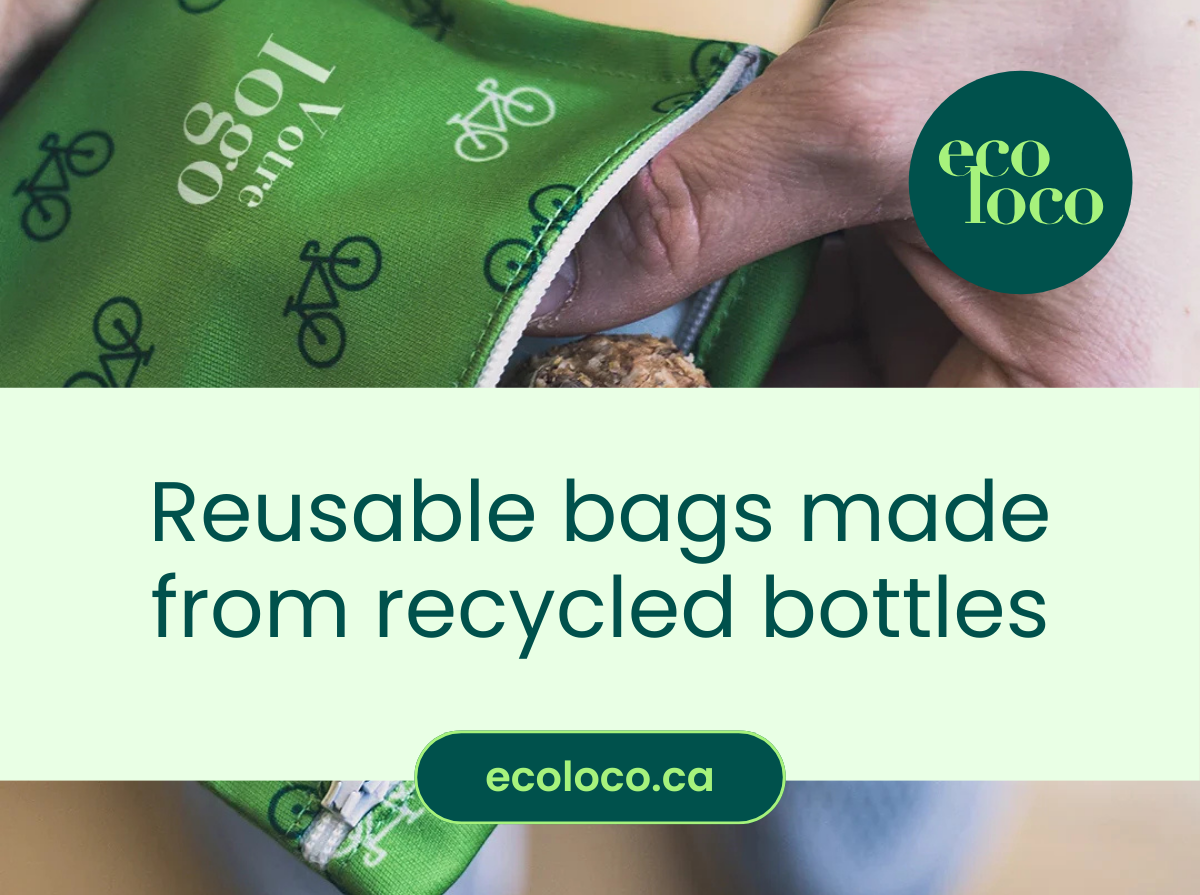
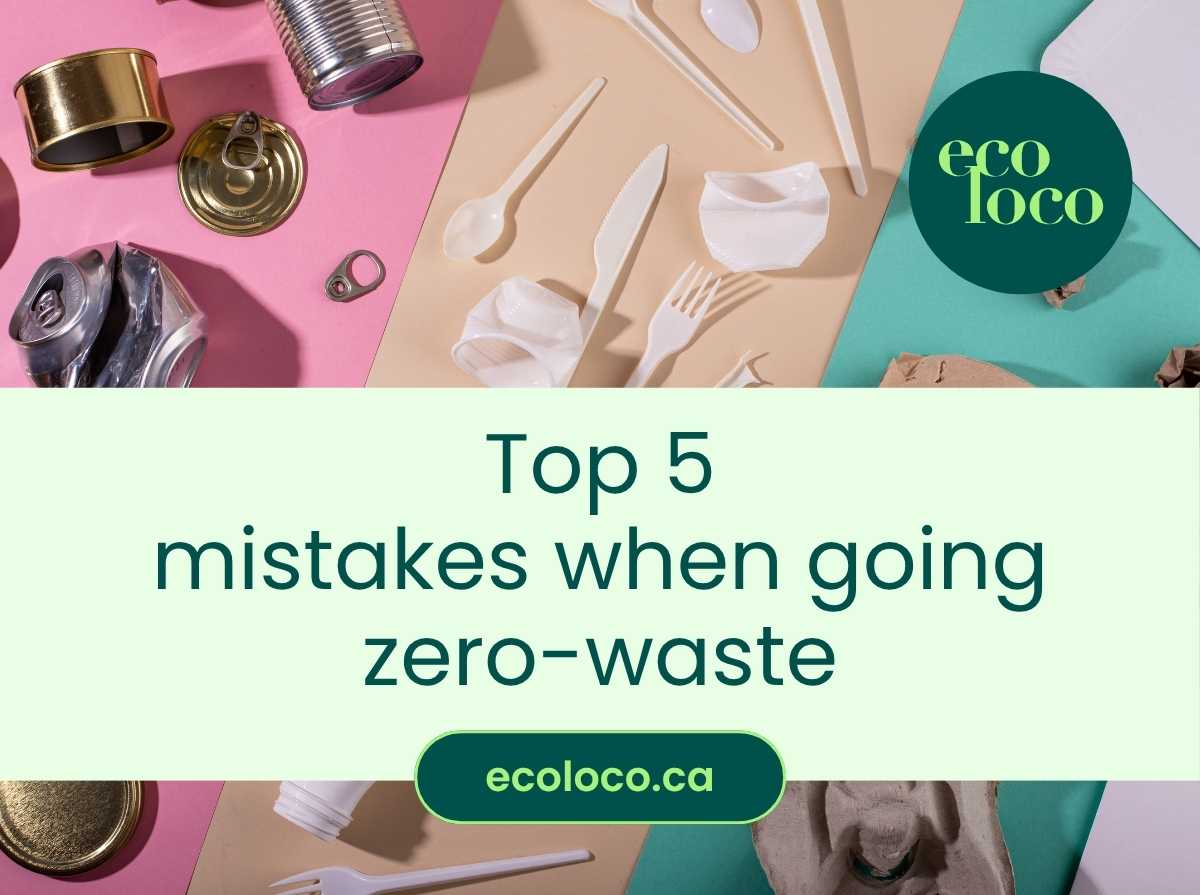
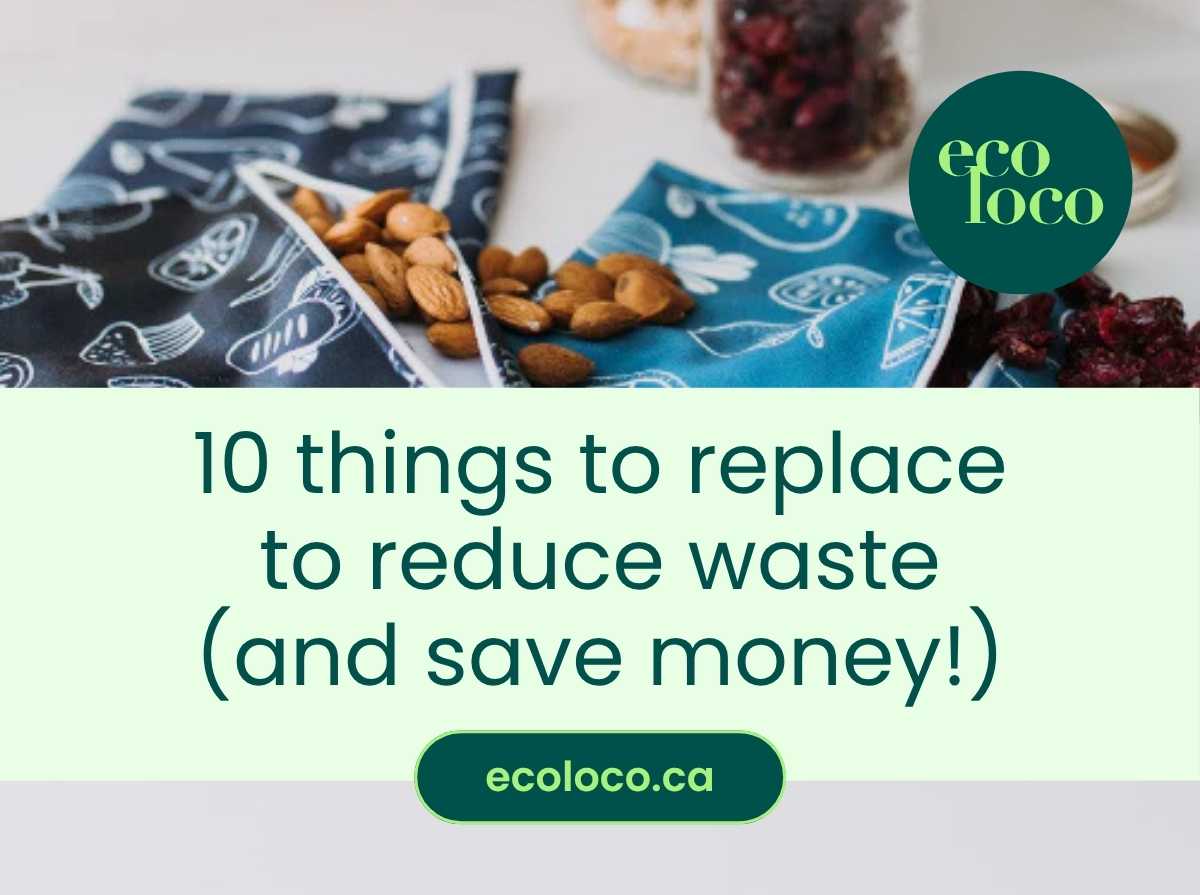
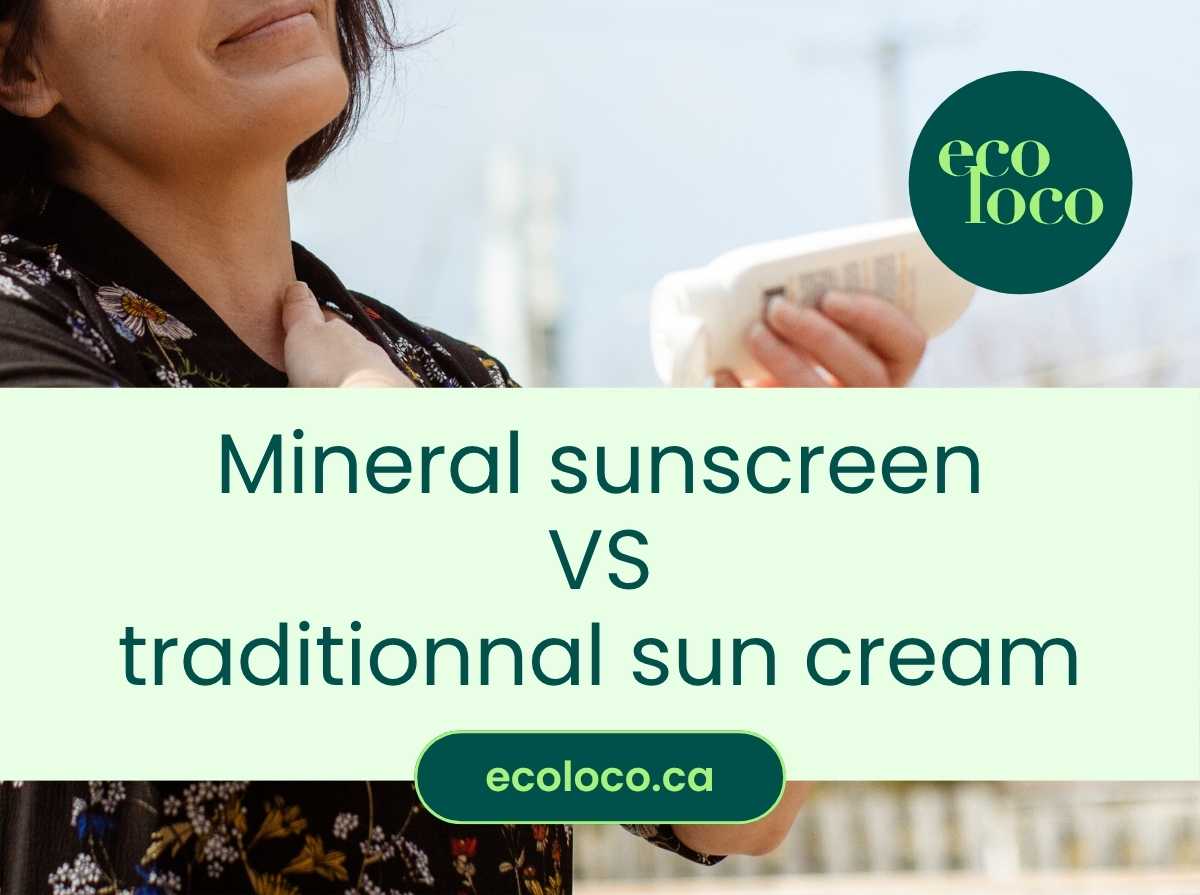

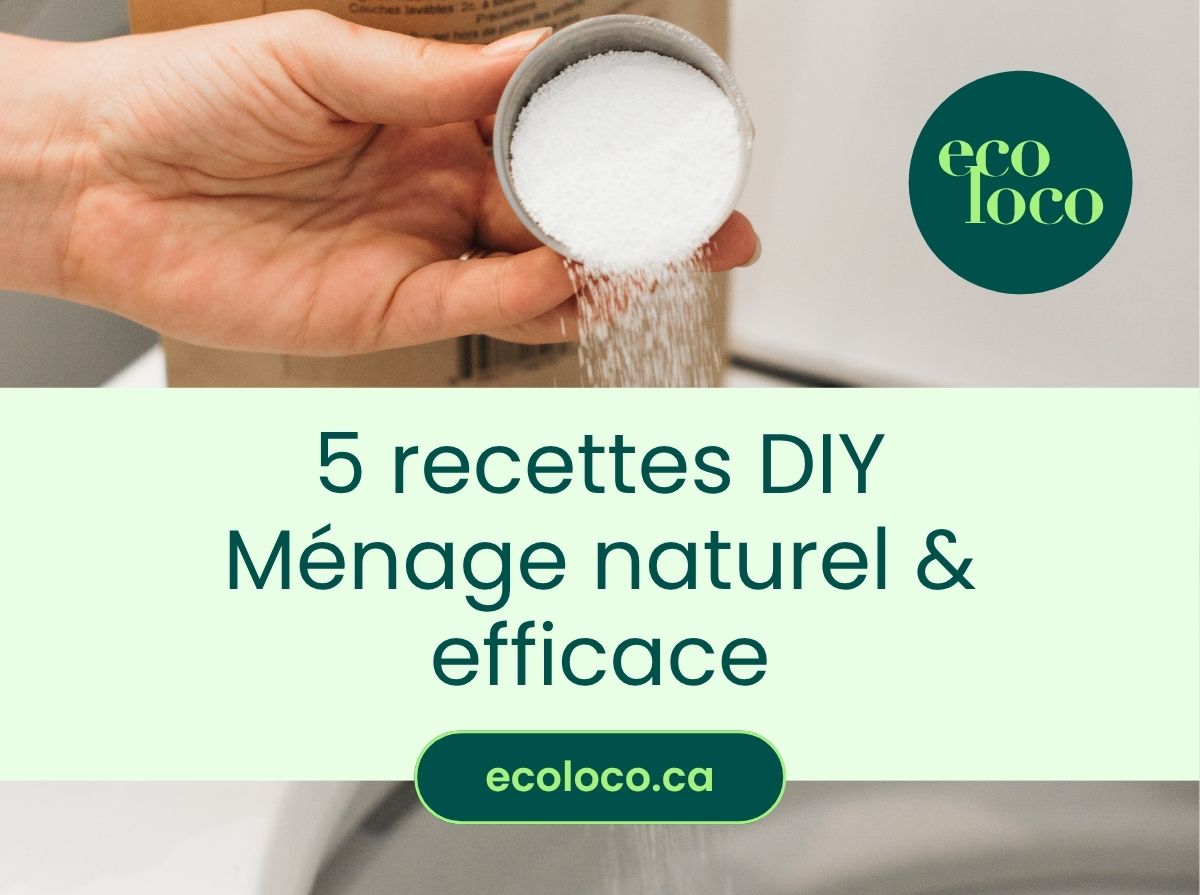
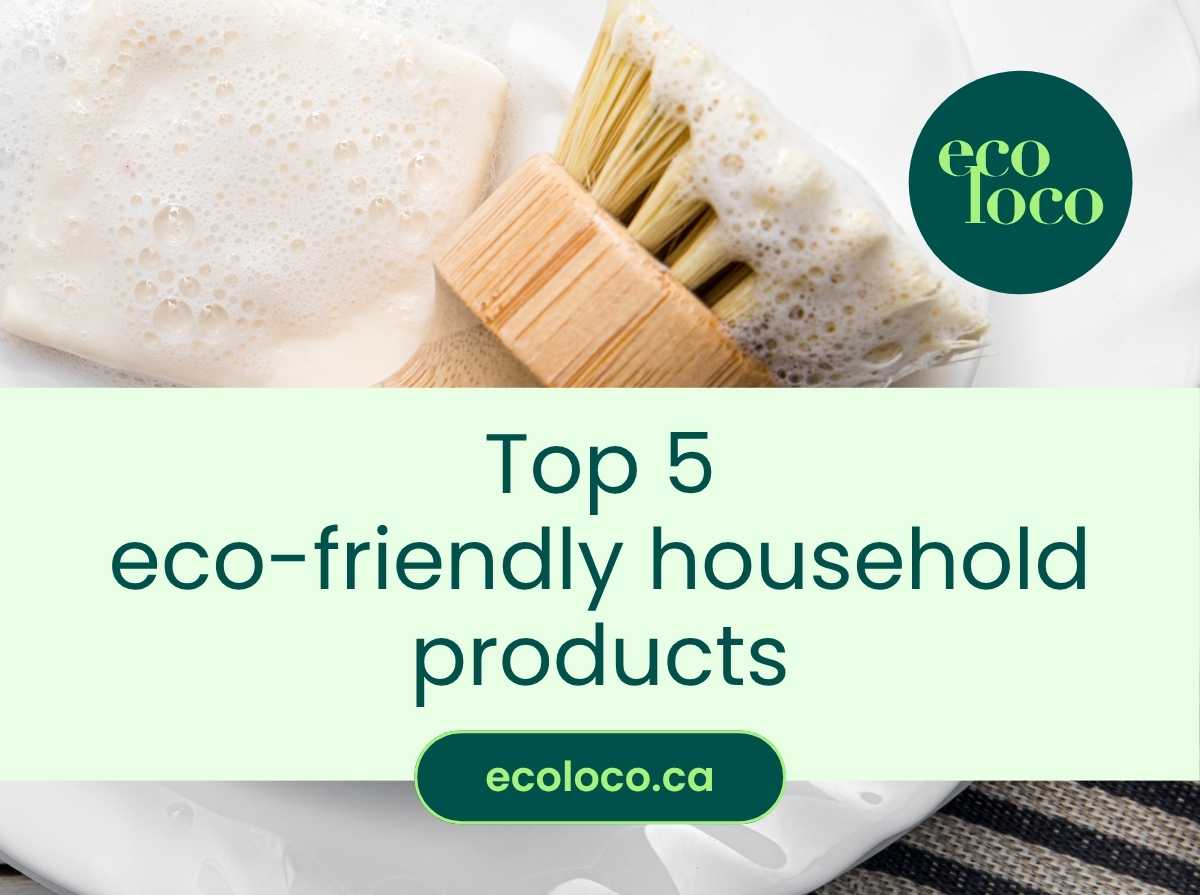
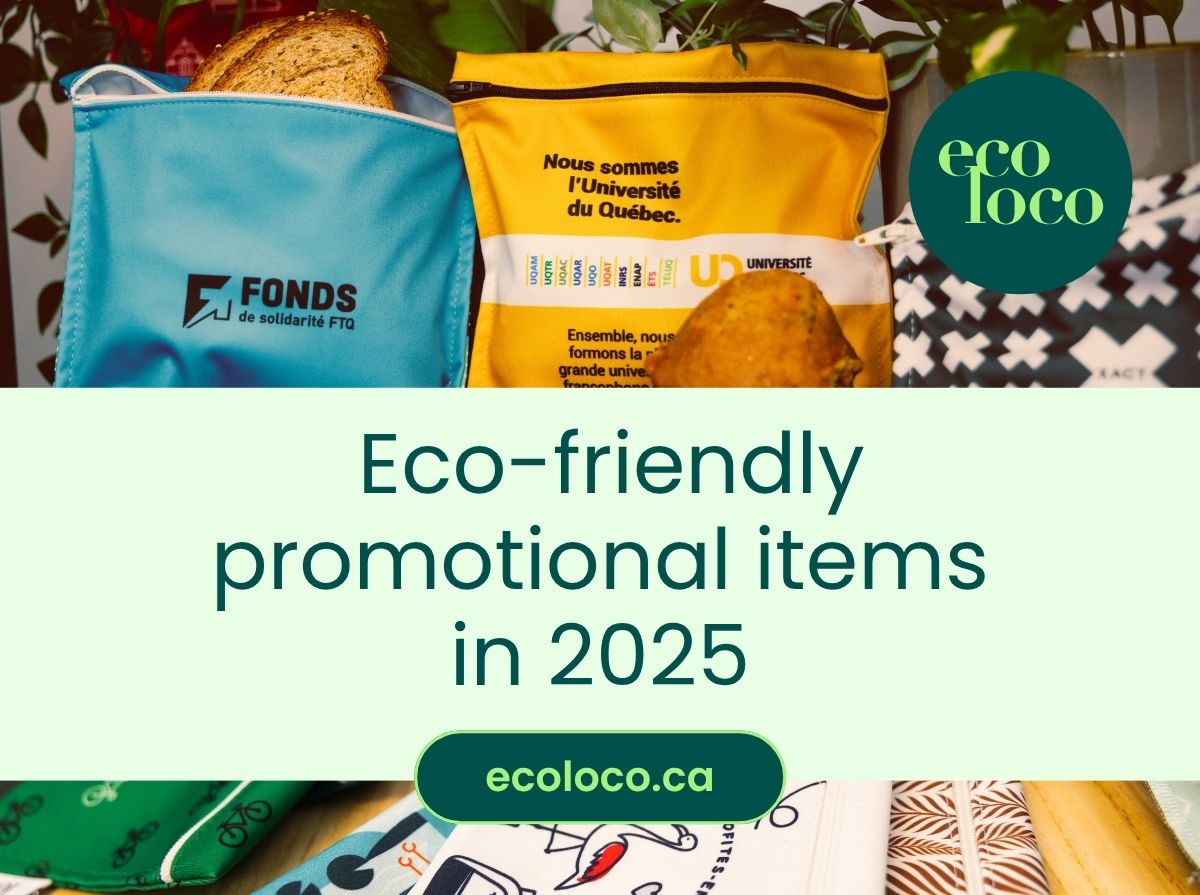
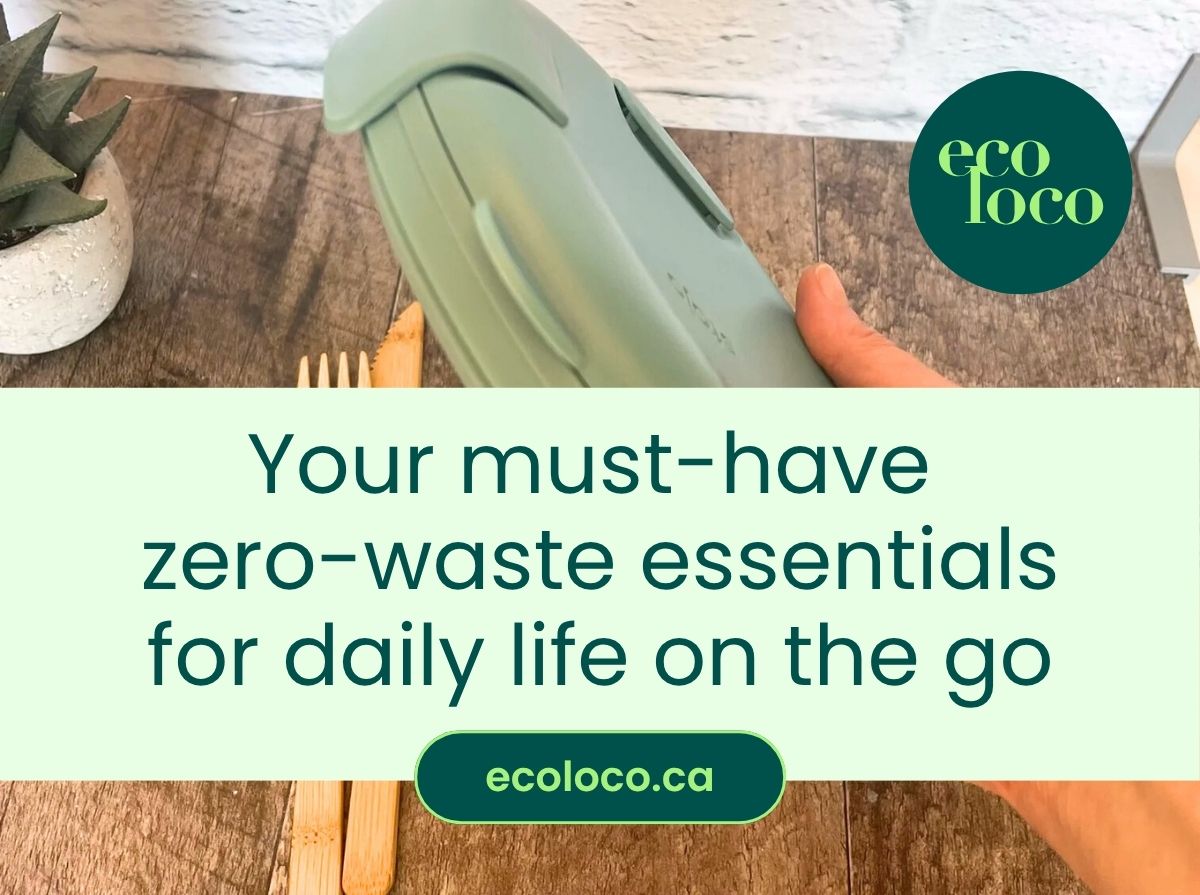
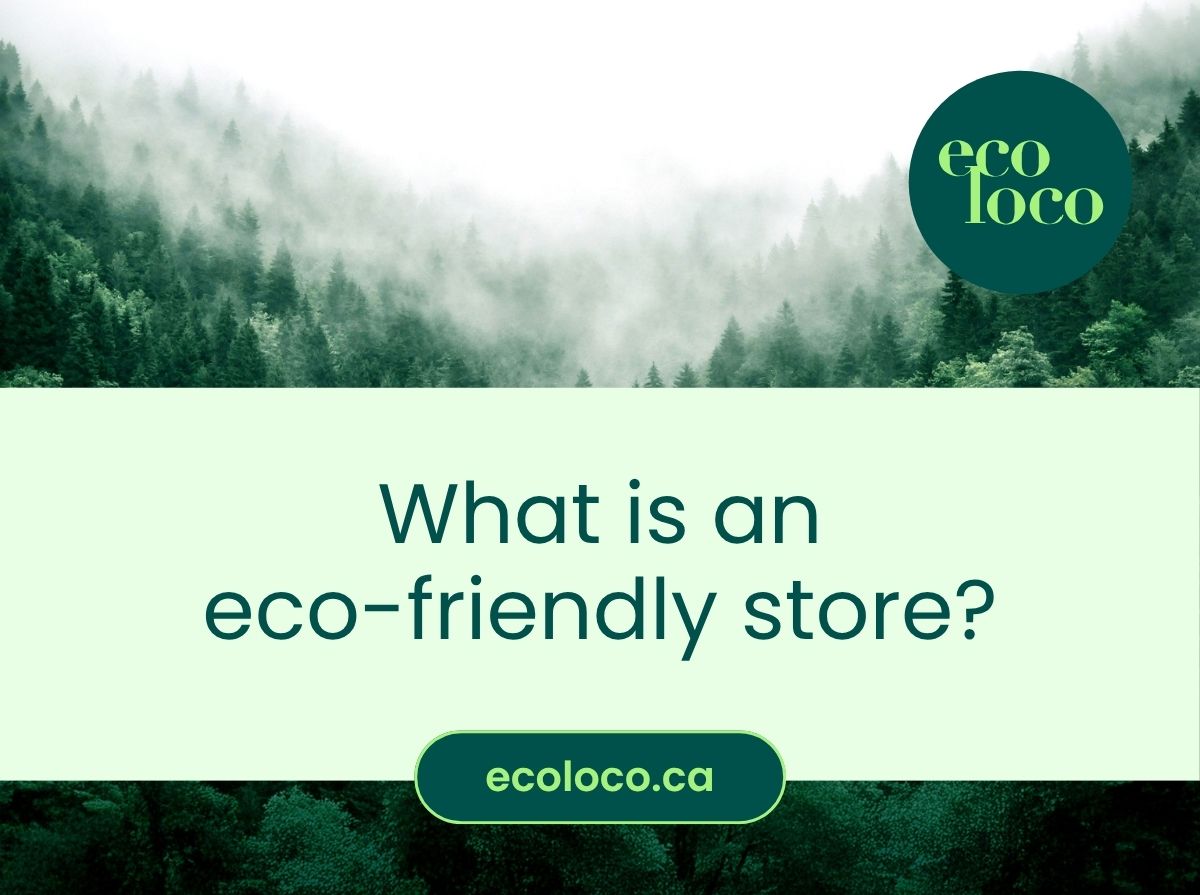
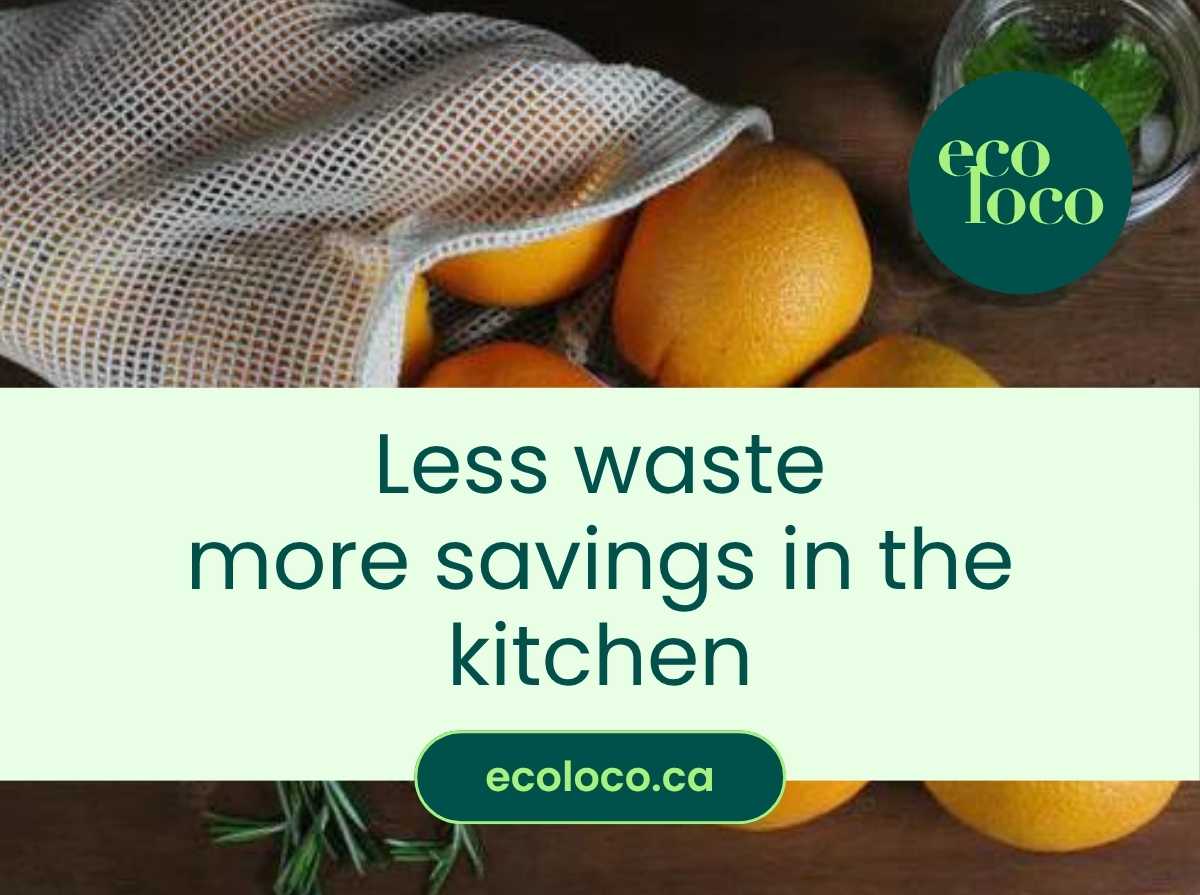
0 comments